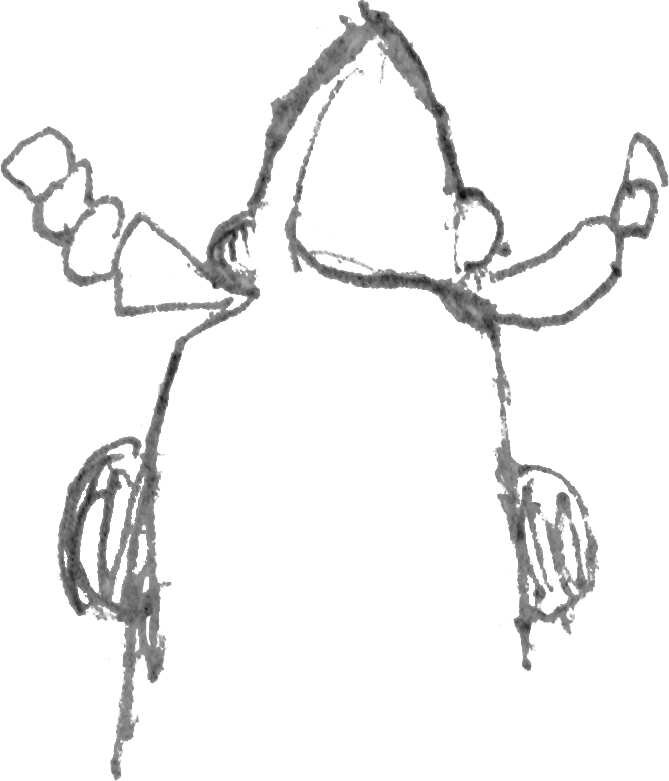To Edward Alfred Smith [11–31 March 1868]1
Mr. Smith—
Woodcuts to serve merely to show general difference between sexes: must be neatly executed & finished.—2
Chiasognathus Grantii.— fig. of male, reduced to half or third nat. size Head & thorax of female equally reduced.3
Bledius Taurus— male magnified twice or if necessary thrice: head & thorax of female equally magnified.— Viewed laterally & rather obliquely.—4
Please observe, that figures ought to be reduced (or magnified) as much as is compatible with perfect distinctly of Horns.
In each case male & female, in female the head, thorax & base of elytra sufficient.— Figures lateral, seen a little obliquely from above.—in following order.— about size of figure I must trust to your judgment. Please mark in each case how much reduced.— The Beetles must be neatly shaded; & the legs arranged naturally.
| Chalcosoma atlas | ♂ | & | ♀5 | } | reduced6 |
| Dynastes Hercules | do | ||||
| Dipelicus Cantori | do | ||||
| Onthophagus rangifer | do | (magnified to match other figures) | |||
| Copris Isidis | ♂ | ♀ | } | reduced7 | |
| Phanæus hastifer | ♂ | ♀ | |||
Attend particularly to degree of development of rudiments of Horns in the females of the latter species.

(Crabro cribrarius, male & front part of female.)8
(Taphroderes distortus Male magnified & Head & thorax of female.)9
(Pneumora male & female)10
4 Chester Place | Regents Park. N.W.
Footnotes
Summary
Instructions for woodcuts showing sexual differences in beetles, for Descent.
Letter details
- Letter no.
- DCP-LETT-7052
- From
- Charles Robert Darwin
- To
- Edward Alfred Smith
- Sent from
- unstated
- Source of text
- DAR 81: 94–5
- Physical description
- AL 4pp † (by CD)
Please cite as
Darwin Correspondence Project, “Letter no. 7052,” accessed on 18 April 2024, https://www.darwinproject.ac.uk/letter/?docId=letters/DCP-LETT-7052.xml
Also published in The Correspondence of Charles Darwin, vol. 18 (Supplement)


